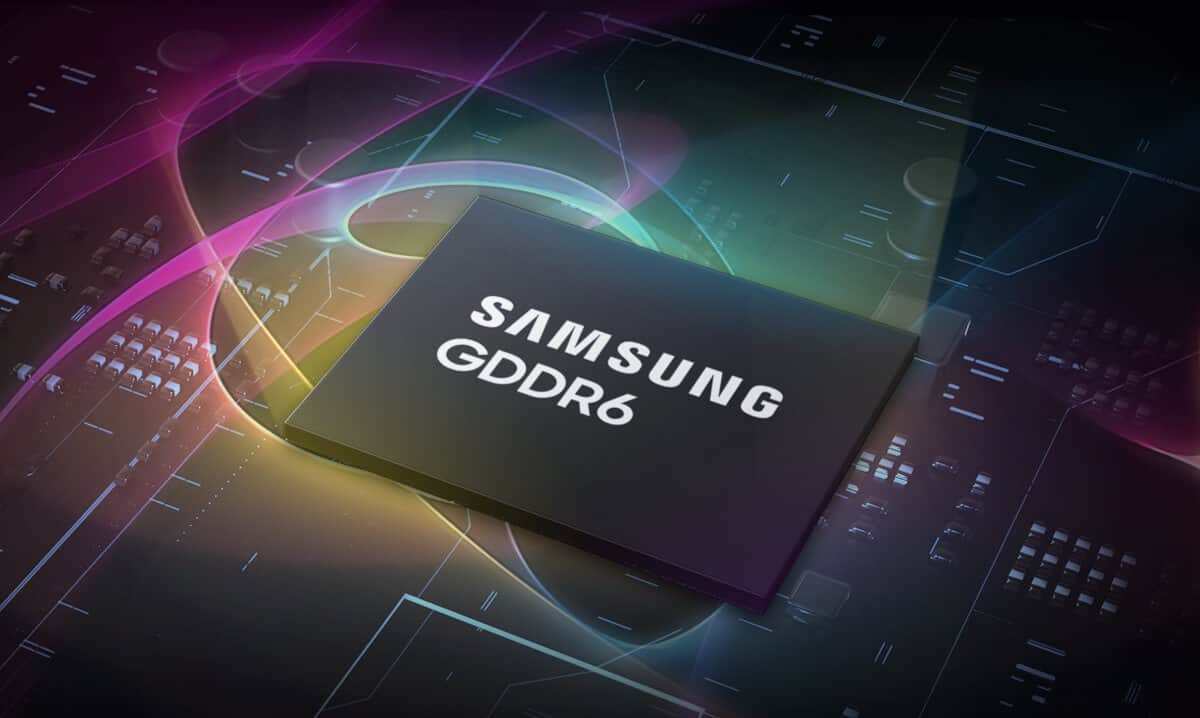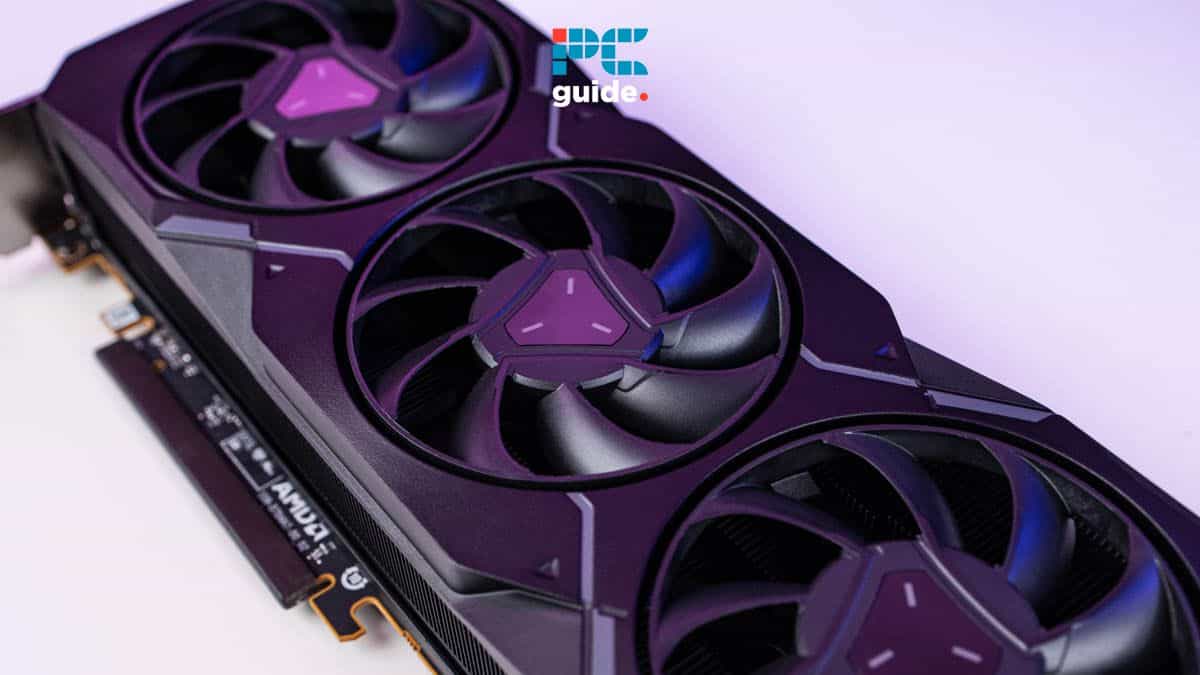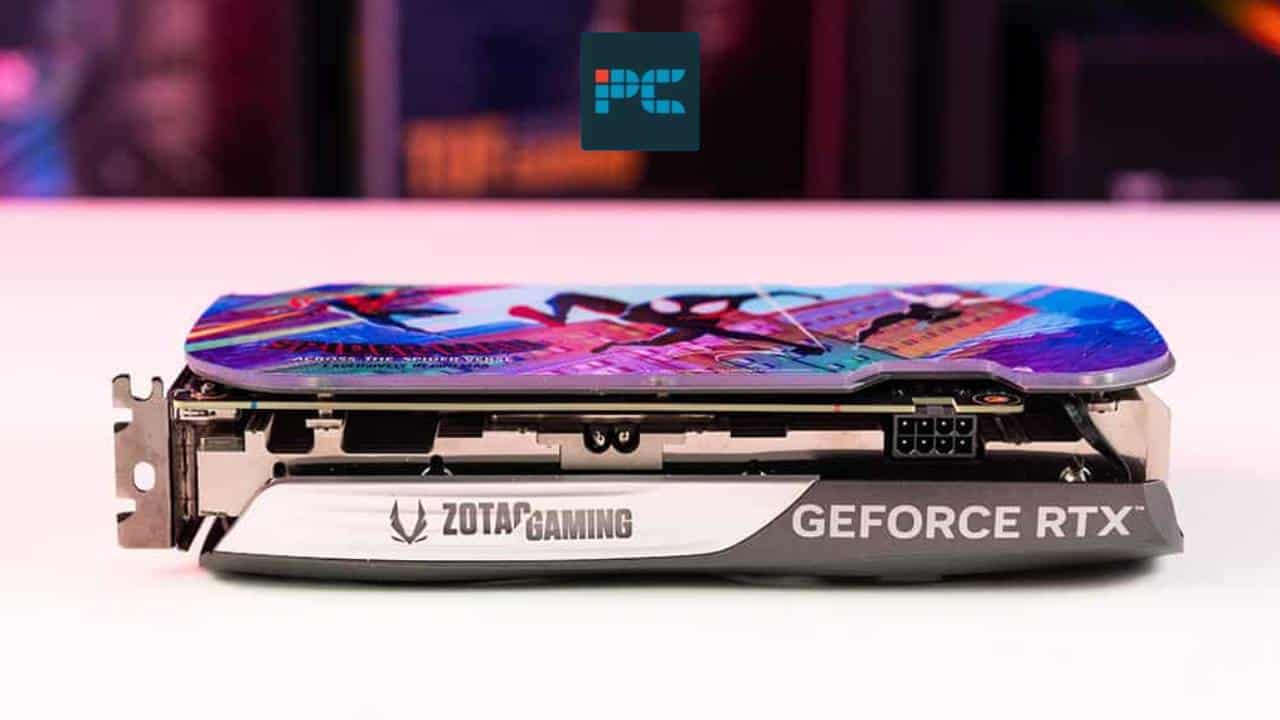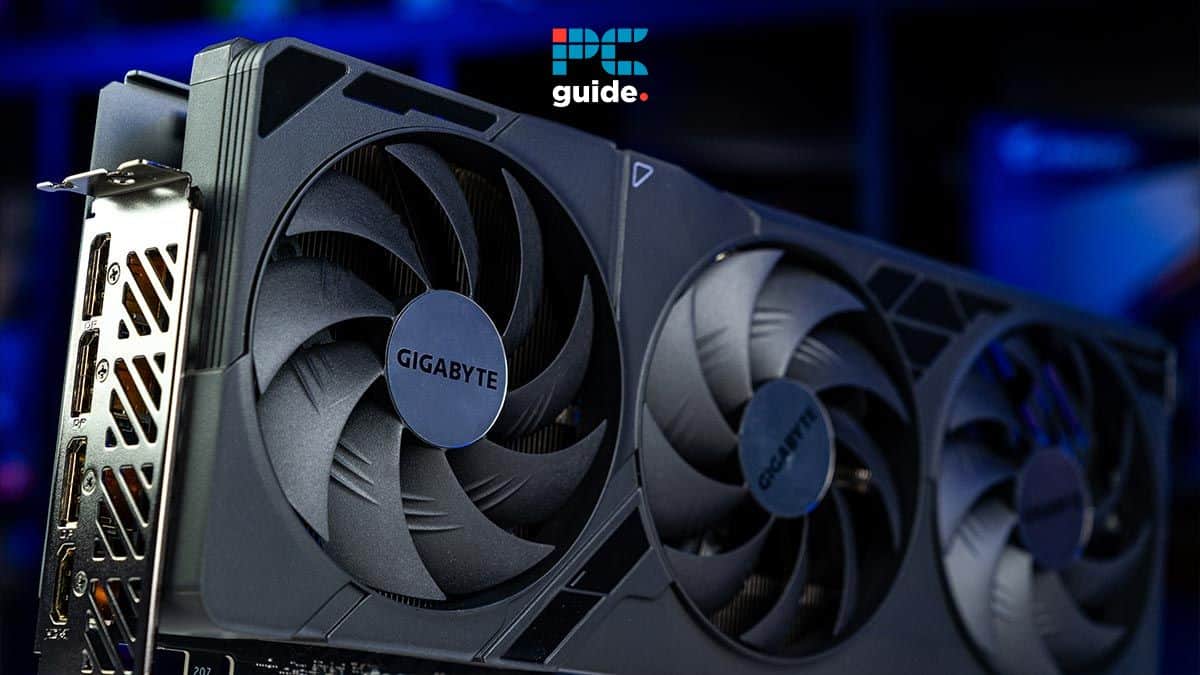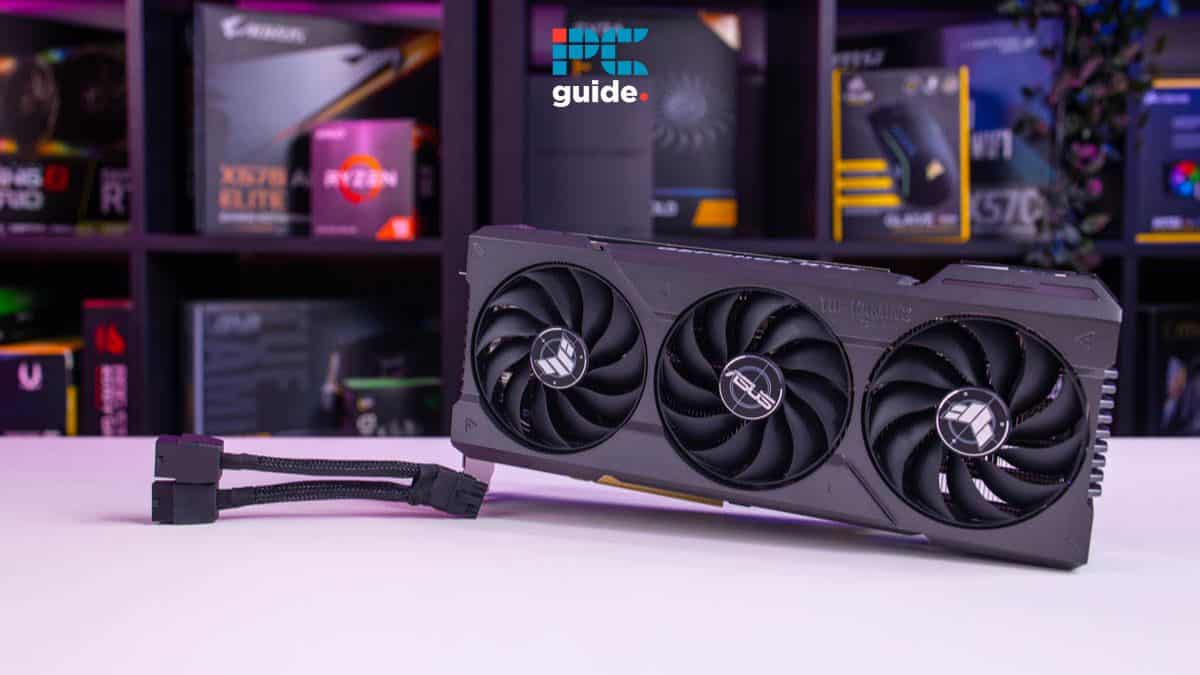The introduction of GDDR6X memory has been a major breakthrough for the graphics card industry. It brings with it significant performance improvements compared to its predecessor, GDDR6. But why isn’t AMD taking advantage of this new technology? This article seeks to explore the reasons behind AMD’s decision to not adopt GDDR6X in their graphics cards and what benefits or drawbacks that decision may have.
AMD’s main motivation to avoid using GDDR6X in its graphics cards is mainly due to the building price. The company decided to go with the older GDDR6 memory to provide great performance at a better price. Rather than expending the budget on a technology that’s not giving too many improvements, AMD opted for increasing their performance efficiency and improving their infinity cache design.
AMD performance-per-Watt philosophy
Even before AMD released its new 7000-series, it was talking about its concerns with the Performance-per-Watt ratio. Team Red has become an industry leader when it comes to delivering great power and performance while using as little power as possible. That’s a difficult task when we have GPU core speeds that need a lot of power from their supply unit.
In a community blog released by AMD, it talked about how the increase in performance leads to higher power consumption, which means “users must contend with ever-increasing heat dissipation and louder systems caused by the need for larger cooling solutions.”
As a way to solve those power needs, AMD found the most power-hungry technologies and worked to figure out ways to avoid them, while at the same time delivering competing performance for its consumers.
GDDR6X was one of those aspects. Although the new technology offers over 15% better performance than GDDR6 and consumes less power, and could potentially have a lower price, the math didn’t compute to AMD, and it considered investing in infinity cache would be a smarter move.
AMD refers to Infinity Cache as a “massive bandwidth amplifier” that improves the performance and power efficiency of the GPU. AMD has reckoned that within the gaming environment this spec contributes much more to the overall performance than GDDR6X would ever have. Besides, it preps the way to 3D V-Cache.


